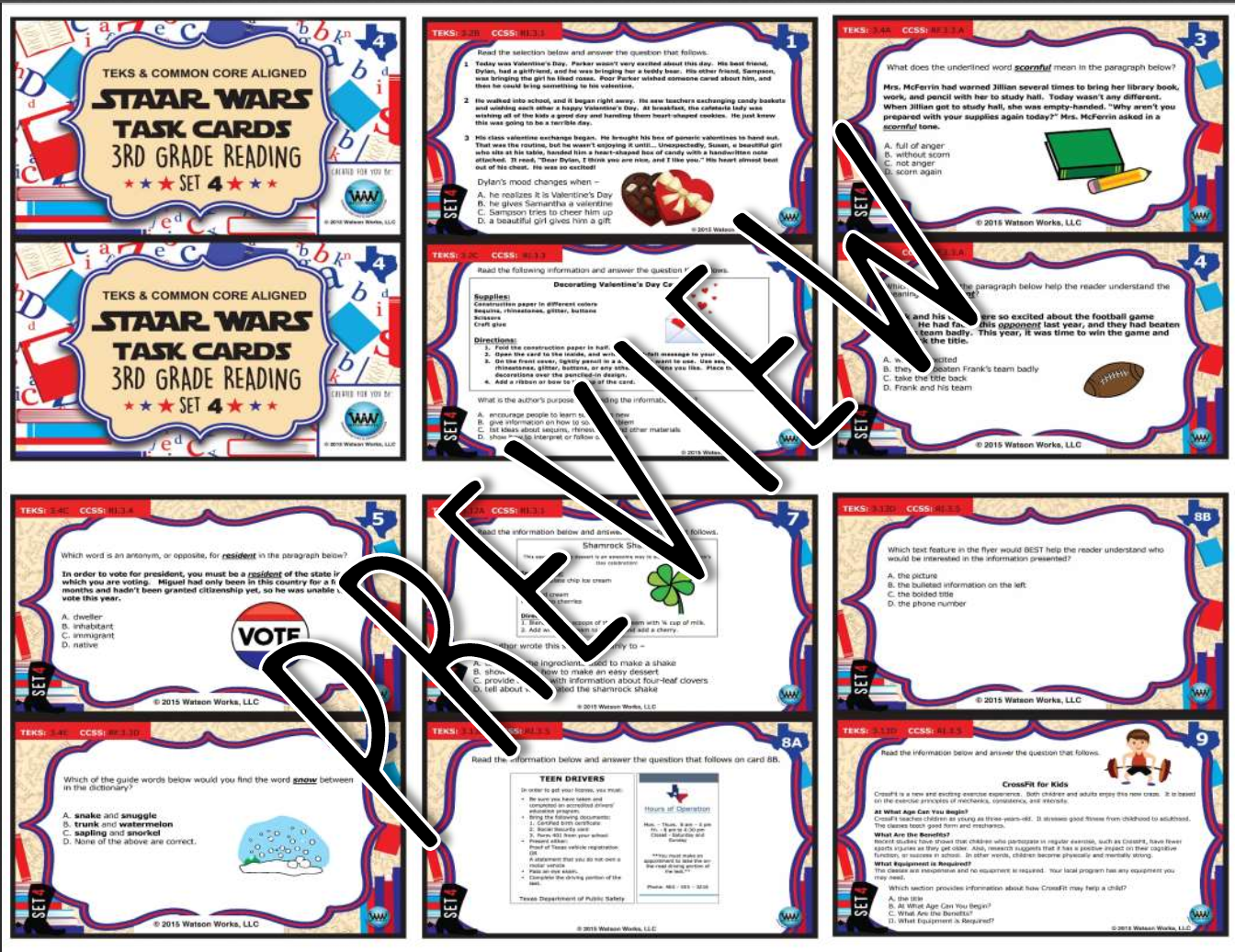


The text complexity advice includes four levels: simple, predictable, moderately complex and sophisticated, and describes the scope of texts students need to be able to work with to be successful in the Foundation to Year 10 Australian Curriculum learning areas.

This sub-element references Text complexity at Appendix 6. The sub-elements that support Understanding texts are bracketed at the end of relevant indicators. The sub-elements Phonological awareness, Phonic knowledge and word recognition and Fluency provide detail for this sub-element and allow teachers to focus on specific aspects of reading where required. This sub-element is organised into three subheadings: comprehension, processes and vocabulary. Texts include components of print, image, sound, animated movements and symbolic representations. Understanding texts describes how a student becomes increasingly proficient in decoding, using, interacting with, analysing and evaluating texts to build meaning. National Literacy and Numeracy Learning Progressions.General capabilities and career education.Framework for Aboriginal Languages and Torres Strait Islander Languages.

Supporting gifted and talented students.Asia and Australia’s Engagement with Asia.Aboriginal and Torres Strait Islander Histories and Cultures.Task cards seem less overwhelming than longer passages for many students, but still offer focused practice.It’s a great (and easy to prep) activity for December that your students will enjoy!.The print and digital versions give you as a busy teacher more flexibility in teaching.The task cards give your students concentrated practice with synonyms and antonyms.***PLEASE NOTE that these task cards are also included in my complete Christmas Literacy Set which has lots of passages, poetry, and writing activities for 4th and 5th graders. Each task card includes a vocabulary word within a sentence and asks students to write either a related synonym or antonym.ĭigital Task Cards in 2 smaller sets for easy assigning This print and digital set of 32 Christmas Synonyms and Antonyms Task Cards will help your students enrich their vocabulary by identifying synonyms and antonyms with a holiday theme.


 0 kommentar(er)
0 kommentar(er)
